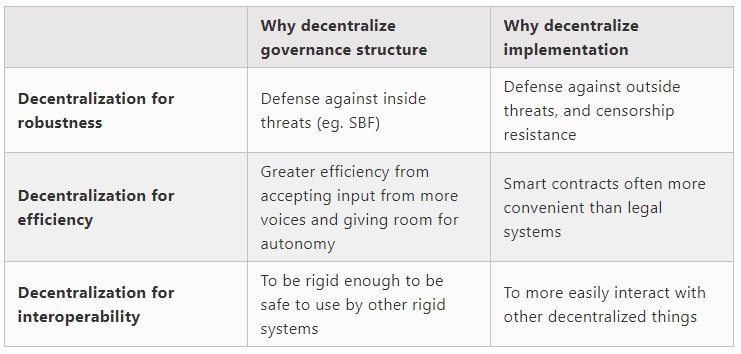Vitalik Buterin Shares What He Views as the Most Exciting Things About the ETH Ecosystem
In a lengthy thread, the Ethereum cofounder shared what aspects of the ETH ecosystem excite him most with his followers.
by Juan Aranovich, research analyst at Sino Global Capital
Vitalik Buterin, the cofounder of Ethereum, took to his blog yesterday to share what excites him about Ethereum now that the crypto ecosystem has a few years under its belt.
In the past, Vitalik has been laser-focused on improving the architectural design and performance behind Ethereum, rather than thinking about categories of applications that would excel and thrive on the technology.
The Applications of ETH
Vitalik affirms five main applications of Ethereum: money, decentralized finance, digital identity, decentralized autonomous organizations (DAOs), and what he calls ‘hybrid applications’ - illustrating the scope of utility within the Turing complete blockchain network.
Money
He calls money the “first and still most important app.” Buttressing the statement with an anecdote about an experience he had in Buenos Aires, Argentina, where he used crypto to pay for a coffee, showcasing the adoption of the technology in developing countries.
The post delves into the trade-offs of the three types of stablecoins: centralized (USDT, USDC, BUSD); DAO-governed real-world-asset backed ones (DAI); and governance-minimized crypto-backed ones (RAI, LUSD).
Decentralized Finance
While highlighting that decentralized stablecoins are the most essential DeFi product, Vitalik digs into three other important features of DeFi: prediction markets, major stock indices and real estate, and layers for efficiently trading between other assets.
Digital Identity
On digital identity, Vitalik says that Ethereum could work for names, attestations, proof of personhood, and basic authentication. According to the Ethereum cofounder, an attempt to create a centralized platform to achieve all of these tasks from scratch is not feasible. On the contrary, he believes that different projects should work on all these separately and utilize an inherent feature of blockchain to bring it all together: composability. Some examples of digital identity include Ethereum Name Service (ENS), a project called proof of humanity, and POAPs.
Vitalik highlights the importance of privacy in the space, and mentions zk-snarks as a solution to build a scalable blockchain with built-in privacy.
DAOs
Vitalik places a spotlight on DAOs, critiquing the current state of DAO construction and emphasizes on deeper forms of considerations when structuring DAOs in order to optimize for a greater purpose. He also posits that they can be utilized for three purposes: robustness, efficiency, and interoperability.
“When making a DAO, the first thing is to determine whether or not it is worth it to structure the project as a DAO, and the second thing is to determine whether it's targeting robustness or efficiency: if the former, deep thought into governance design is also required, and if the latter, then either it's innovating on governance via mechanisms like quadratic funding, or it should just be a multisig.”
Hybrid Applications
Hybrid applications “take advantage of both blockchains and other systems to improve their trust models”. Some examples include voting, Government registries, corporate accounting, games, supply chain applications, and tracking access authorization.
While recognizing that the technology is not ready to build these applications on a massive scale, Vitalik proposes some solutions to overcome the hurdles: decentralized solutions to holding funds, ERC-4337 and account abstraction wallets, and rollup technology to solve scalability.
“Non-financial applications will be most valuable for the ecosystem in the long term, and that will bring the most lasting value to both their users and those who build and support them,” he concluded.





